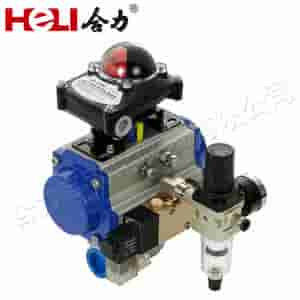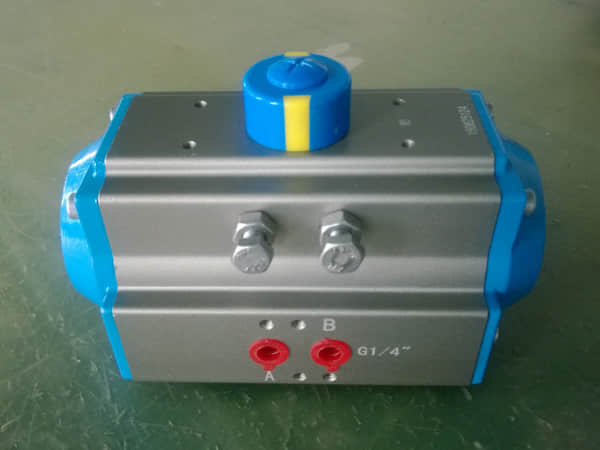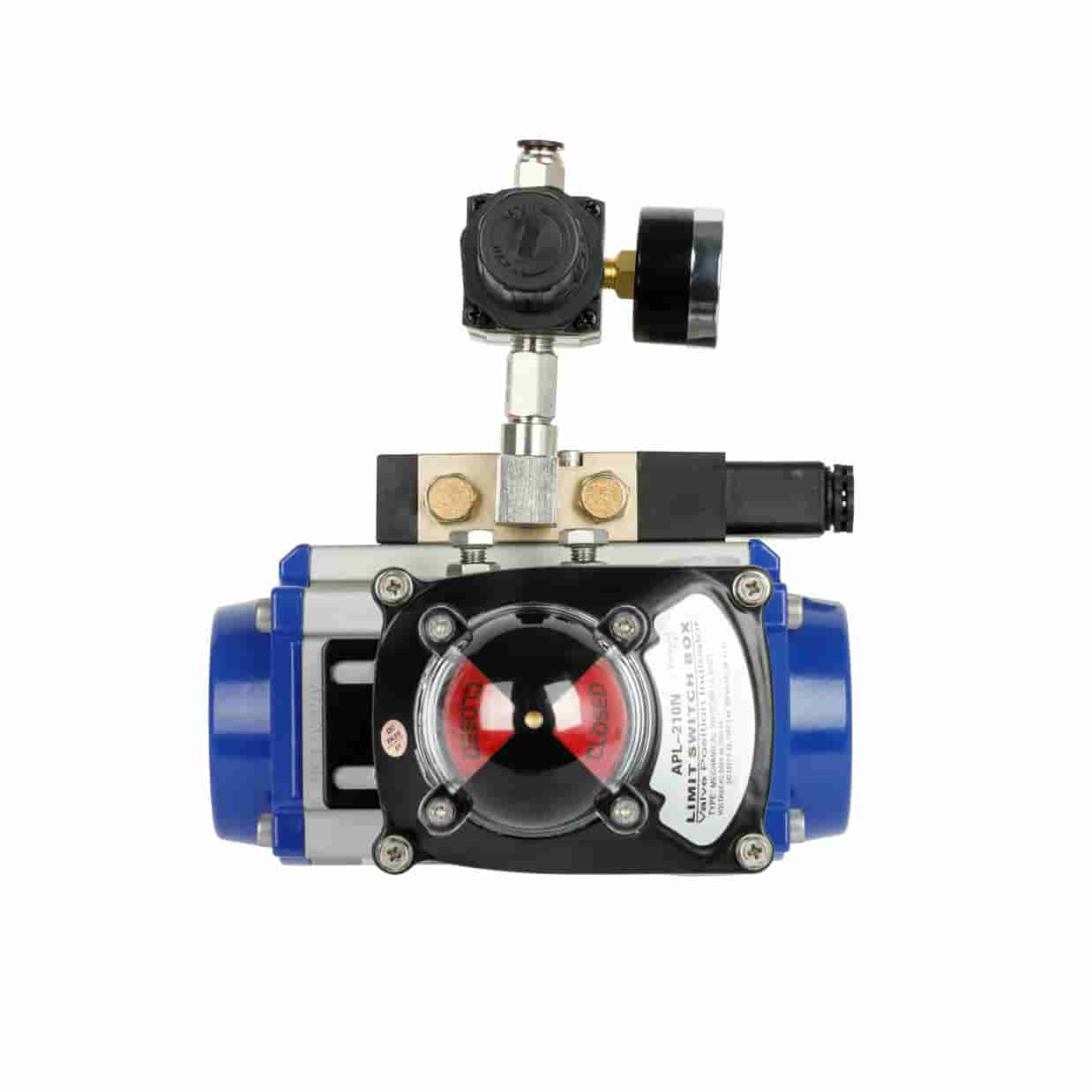understanding pneumatic actuators: principles and applications
Release time:2024-12-07 16:10:44
Pneumatic actuators are crucial components in various industrial processes, leveraging compressed air to produce mechanical motion. They play a vital role in automation, offering efficient and reliable operation in environments where hydraulic or electric actuators may be less suitable. This article explores the principles behind pneumatic actuators, their types, advantages, and diverse applications in modern industries.

Principles of Pneumatic Actuators

At the core of a pneumatic actuator is its reliance on compressed air to create motion. The basic principle involves converting the energy stored in compressed air into mechanical energy. When air is introduced into the actuator's chamber, it exerts pressure on a diaphragm or piston, causing it to move. This motion can be linear or rotary, depending on the actuator's design.



